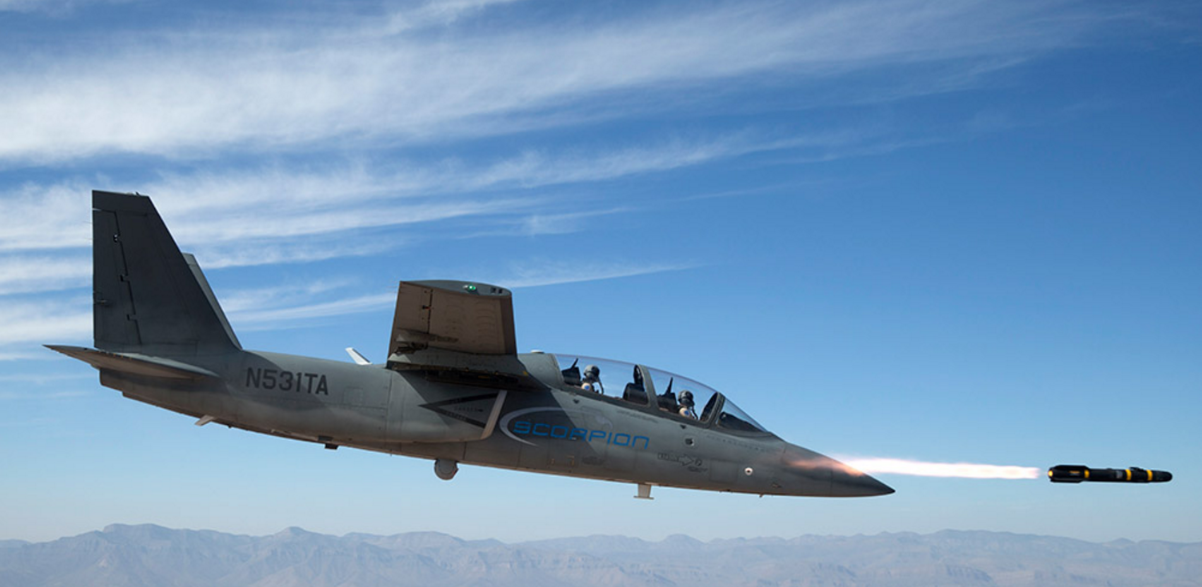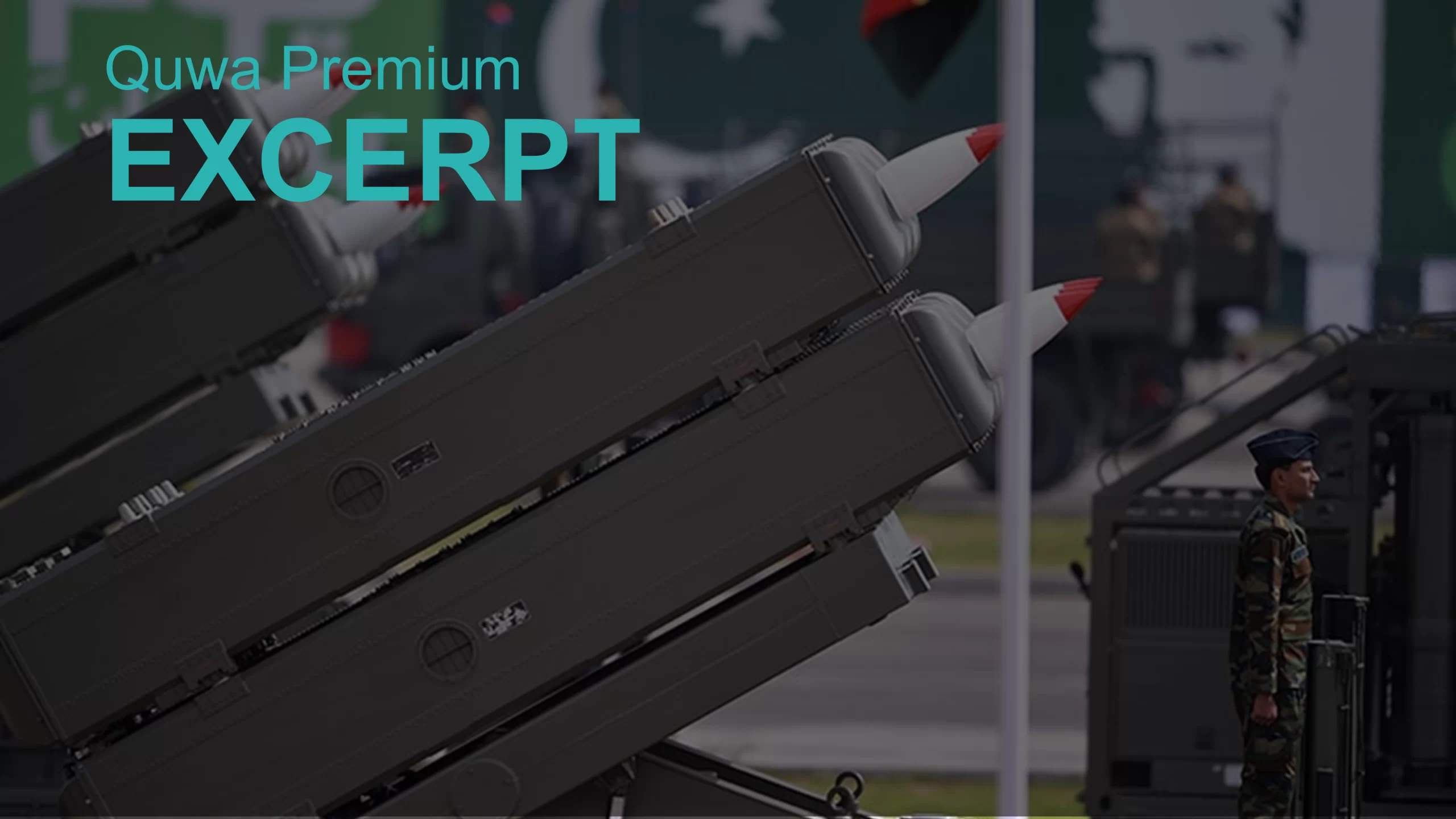2703Views 4Comments

USAF intends to begin light attack aircraft tests in summer 2017
The U.S. Air Force (USAF) intends to begin testing proposed light attack aircraft at Holloman Air Force Base (New Mexico) this summer, following through on prior promises to experiment with the concept.
To control costs, accelerate development and, if successful, deliver serviceable platforms, USAF will study proposals derived from existing commercially available off-the-shelf designs.
Designated OA-X, the USAF requirement calls for existing lightweight counterinsurgency (COIN) attackers, such as the Embraer A-29 Super Tucano, to provide close air support (CAS) in low anti-air warfare (AAW) threat environments.
This is not an untested approach; Latin American and Middle Eastern air arms have been using lightweight attackers such as the Super Tucano and Air Tractor AT-802.
USAF acting secretary Lisa Disbrow believes that the OA-X would reduce operational costs and free high-technology assets for full-spectrum threats (Flight Global).
However, some officials, such as Gen. Herbert “Hawk” Carlisle, the outgoing Air Combat Command (ACC) chief, have not been enthusiastic about the OA-X’s defensibility against AAW threats, which they believe are becoming more common in current COIN theatres.
“In an increasing threat environment, even against a violent extremist organization, would it be a viable platform, and would it be the one that could be used at a level that the combatant commanders needed it?” Gen. Carlisle stated (Defense News).
However, the next ACC – Lt. Gen. Mike Holmes – is willing to put OA-X proposals through experiments, mainly to determine if there is validity behind such platforms.
Notes & Comments:
Although the OA-X presents a major opportunity for the industry, the U.S. has been supplying lightweight attack aircraft to several countries. Besides facilitating the transfer of A-29s to allies, such as the Afghan government, vendors such as Air Tractor and IOMAX have been proposing AT-802s armed with laser and INS/GPS-guided bombs and laser-guided rockets and missiles. These companies are essentially ready to offer OA-X proposals, and they can apply real-world combat lessons to the USAF tests.
Textron AirLand’s Scorpion might offer an alternate approach to the lightweight attack platform. Powered by two Honeywell TFE731 turbofan engines. While a turbofan, the TFE731 is a mature and commercially ubiquitous system, one with competitive acquisition and operational costs. The Scorpion has a maximum speed of almost 890 km/h.
The Scorpion has a total payload of 4,200 kg; of that, 1,400 kg can be stored internally (and 2,800 kg externally through six hardpoints). The internal bay could be configured to carry intelligence, surveillance and reconnaissance (ISR) equipment, such as potentially a synthetic aperture radar (SAR) and/or electro-optical and infrared (EO/IR) pod. Like other attack platforms, it will be capable of deploying precision-guided munitions, including low-impact weapons such as the Guided Clean Area Weapon (G-CLAW).
Textron AirLand has been tailoring the Scorpion as a relatively low-cost multi-mission aircraft for COIN and other low-intensity applications. Its higher payload capacity, superior speed and seemingly broader mission capability (over turboprops) could position it as a strong candidate for the OA-X.



4 Comments
by ANAS
what about Chinese j-31????is Pakistan is partner in this project????
by Nate
what a stupid idea.
Every time i read it i get increasingly angry. What kind of imbecile would put pilots in harms way so stupidly, in an inferior product, known to be out of its depth. Not saying you coddle them, but you dont sent them up in an air craft you know can’t survive much of a threat.
What on earth has been the point of the drone program? Surely, CAS can be covered by inexpensive UAV’s. Even suicide drones would be preferable to an entirely new line of purchasing and the huge costs that go with that.
by Aamir
Makes sense, for the ” horses for courses ” approach. Why would you want a F 15 Strike Eagle hitting a taliban hideout, when you can use a A 29 or an AT 802 do the job for a fraction of the price. Plus these so called low tech options have a much higher loiter time on target. With all the high tech smart weapons available.
by Aamir
This the path pretty much every AF is taking. Todays combat is COIN centric so the powers that be think that why would you use sledge hammer to kill a fly. Obviously you would not use these aircraft for SEAD missions. These are low tech solutions for similar problems; most weapons used will have some standoff capacity so exposure to risk would be less. Also air assets, nowadays are used as a strike package, when in you would have these low tech assets, combined with other higher tech solutions to ensure their success. Every thing boils down to risk would you rather risk a 45million dollar aircraft or a 3-4 million dollar aircraft, also your cost to train pilot would be less as well as the time to train them.